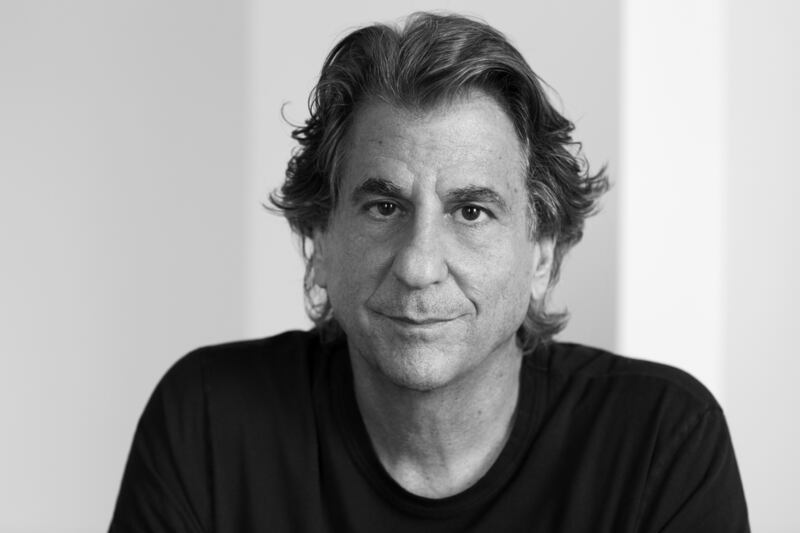The American architect is the founder of the New York-based Rockwell Group. Known for his passion for theatre and his eye for colour, Rockwell is the creative force behind the first W Hotel in Manhattan, Nobu restaurants and hotels worldwide, and set designs for Broadway productions and the Oscars. His projects in the Middle East include Nobu Dubai and Aloft Abu Dhabi, as well as the upcoming Nobu restaurant in Doha and the Marriott Edition hotel in Abu Dhabi.
You’re sitting down to the perfect meal. Where are you, what are you eating and who are you with?
It would be in the country at my home in upstate New York, with friends and family. Grilling is my favourite way of cooking. During the summer, I grill on the weekends at my country house. I try to eat healthy and love fresh fish and vegetables, which are amazing when lightly cooked on a grill. My signature dish, which my kids always request, is a grilled portobello mushroom and fontina quesadilla with roasted garlic and truffle oil.
What is the best hotel you have ever stayed in?
The Hotel Cipriani in Venice. Everything about it is magical and otherworldly. Accessible only by boat, the hotel is set on a lagoon in the midst of spectacular gardens, so you feel like you’re in Renaissance times when Giudecca was a popular retreat for Venetians. It’s a completely secluded, intimate, spectacular environment.
What is your favourite city in the world?
New York. My early creative instincts started to form when my family took me to see Boris Aronson’s production of Fiddler on the Roof on Broadway and a restaurant called Schrafft’s. My favourite childhood memories involve theatre and hospitality. What I love about the city today is that it’s always in a state of constant flux that makes it an vibrant, eternally fascinating place.
And your favourite building?
Growing up as an adolescent in Mexico, I loved Luis Barragán’s home in Tacubaya. The relationship to Mexican folk art and craft, and all the light, colours and textures that he used in his house are imprinted on my mind.
What does your dream home look like?
A light-filled environment that dissolves the boundaries between indoors and outdoors.
What is your definition of luxury?
Outdoor space. As cities get denser, space gets tighter and homes get more compact, outdoor space becomes an essential luxury. It provides a freedom I cannot imagine living without. When my family and I moved into our Tribeca loft years ago, I constructed a rooftop deck to relax on after work. I feel very fortunate to own this amazing outdoor space that provides a panoramic view of the lower Manhattan skyline.
What was your first luxury purchase?
A Prada tuxedo.
Are you a collector?
I’ve been collecting kaleidoscopes for more than 20 years. They’re an interesting analogy to how I look at the world as a designer. At their core, a kaleidoscope takes objects that we’re familiar with and jumbles them to create something new and surprising. I keep many of them in my office. One of my favourites is the Fountain of Ahh’s by the artist Will Smith – a free-standing bronze kaleidoscope that weighs 25 kilograms. It has two viewing tubes that face inward towards a revolving handblown glass orb that sits atop a water fountain. You can look through each tube for two entirely different perspectives.
You're going on holiday and can only pack 10 things. What are they?
My Tumi carry-on, black James Perse T-shirts, a blue Prada button-down shirt, black Levi jeans, a toothbrush, packets of Emergen-C, a bottle of water, good design magazines, a black Pentel signing pen and a sketch book.
What is the best piece of advice you have ever received?
The best advice is to not to be afraid of taking risks. The most exciting projects are those where you have no idea of the solution at the outset. We’re always seeking to take on unfamiliar project types and in the process we discover new techniques, materials and collaborations. This, of course, always involves risk. But it also allows us to constantly evolve, change, and push the boundaries of our design practice.
sdenman@thenational.ae











